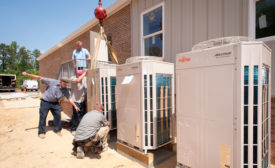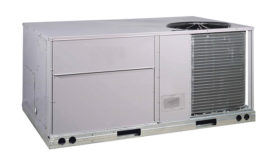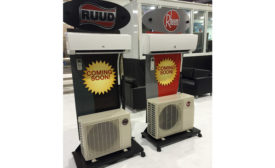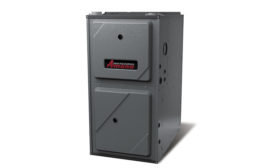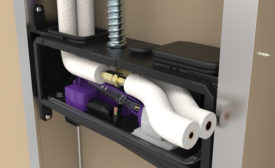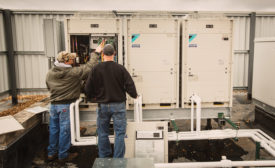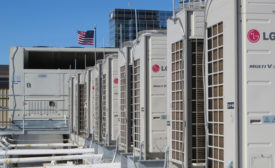Split Systems
Offerings include channel-specific training, marketing materials, and more
Read More
Commercial Heating Showcase 2016: New HVAC Systems Help Keep the Commercial Market Warm
Heating equipment introduced for commercial buildings
October 3, 2016
Rheem, Fujitsu Announce Collaboration
Partnership will greatly expand both manufacturers’ product offerings
October 3, 2016
Residential Heating Showcase 2016: New Products Help Homeowners Feel the Heat
Heating equipment offers more options for consumers
September 12, 2016
VRF Systems Market Worth $24.09 Billion by 2022
MarketsandMarkets forecasts 11.4% CAGR for VRF market
September 5, 2016
Regular Maintenance Critical for VRF Systems
HVAC contractors share tips for servicing variable refrigerant flow systems
Read More
HVAC Industry Embracing VRF Solutions
VRF market projected to reach approximately $9.65 billion by 2021
Read More
Copyright ©2024. All Rights Reserved BNP Media.
Design, CMS, Hosting & Web Development :: ePublishing
